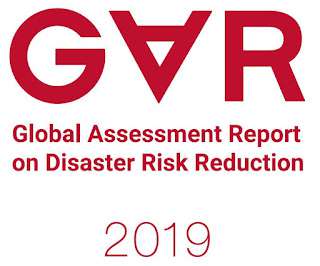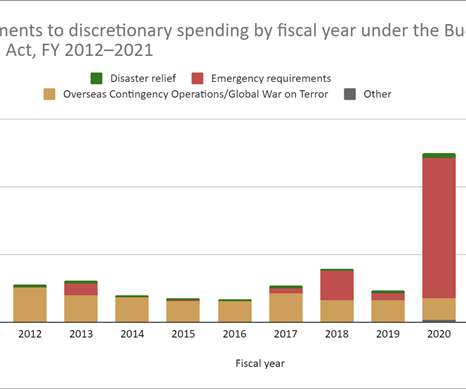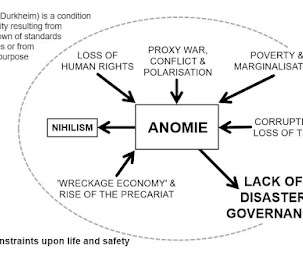The 2019 Global Assessment Report (GAR)
Emergency Planning
MAY 30, 2019
It could be argued that political decision making is the greatest barrier of all to successful disaster risk reduction. Unofficial voices have suggested that the 'cure to damage ratio' for natural hazards is 1:43. Notably, the GAR has finally come around to the view that we all bear the burden of reducing disaster risk.














Let's personalize your content